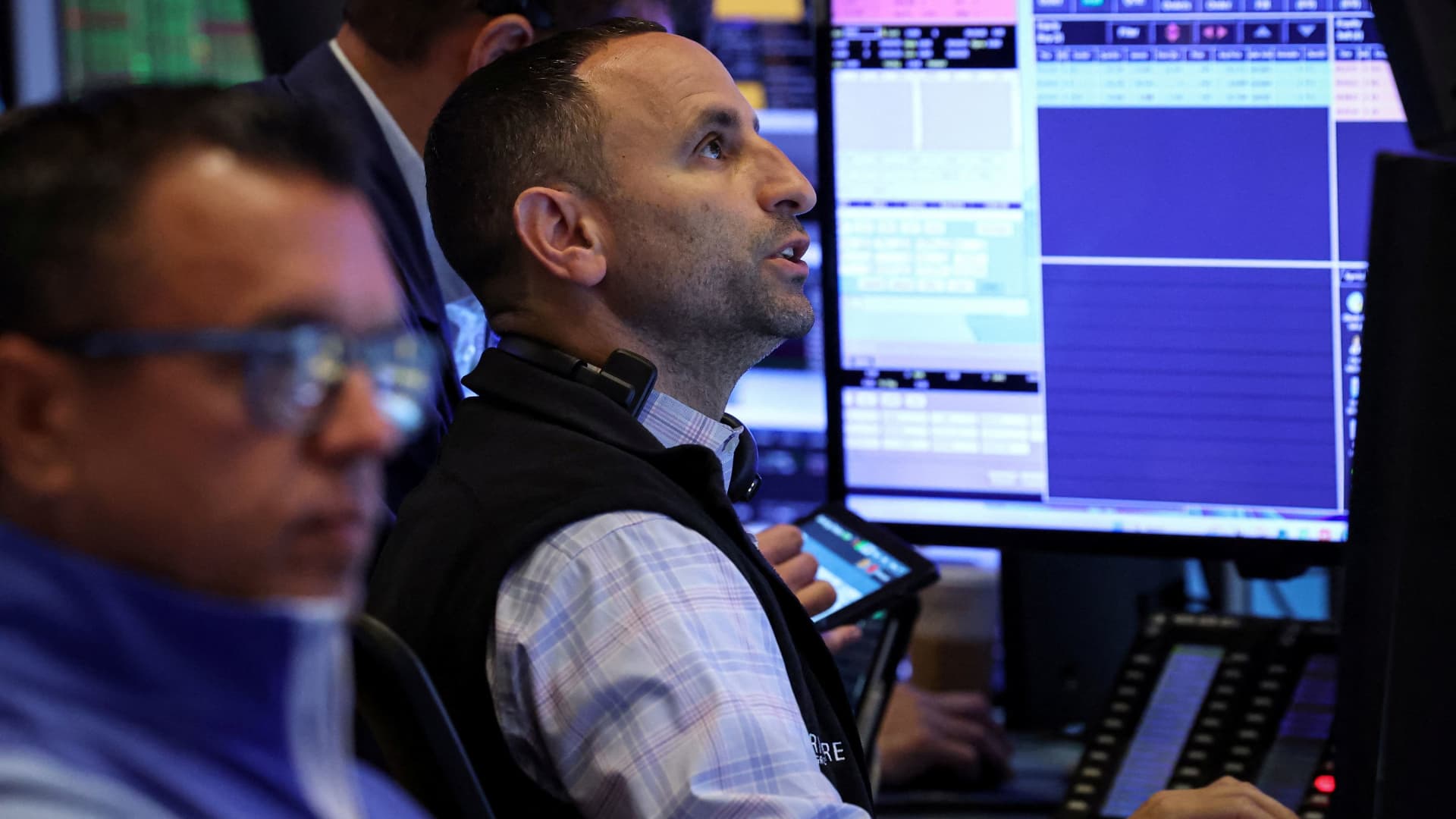The Federal Reserve is expected to lower interest rates in September for the first time since December, at a time when the stock market has rallied to consecutive record highs. Here’s what tends to happen to stocks in this unique backdrop. The fed funds futures market is indicating an 87% chance for a quarter-point rate cut at the Fed’s next policy meeting in September, according to the CME’s FedWatch tool. The S & P 500 has rebounded more than 30% from its April lows to hit consecutive record highs as investors cheered solid corporate earnings and the prospect for lower rates. “One could argue this is the big dynamic in the game: the Fed is set to cut rates … into a growth upswing. When taken together with the AI capex surge, that constitutes an objectively friendly backdrop for the market that I don’t want to lose sight of amidst local noise,” Tony Pasquariello, Goldman Sachs head of hedge fund client coverage, said in a note to clients. Lower rates should be good for stocks for various reasons. They can make safer investments like bonds and savings accounts less appealing due to lower yields. Lower rates also are particularly beneficial for growth stocks, whose value is heavily tied to future profit expectations. But would it boost stocks when the market is already at its peak? Goldman Sachs strategist Jenny Ma looked at S & P 500 performance since 1990 in various time frames after the Fed trimmed rates when the broader market was at or within 1% of a record high. There have been nine such occurrences going back to 1990 when Fed cut rates with the S & P 500 at or close to its peak, Goldman said. Forward returns when the Fed is cutting at the highs are mixed, but it’s been generally positive especially after a one-year period, Goldman said. The S & P 500 median return in this environment after a year is 8%, compared with a 9% median return when the market is not at or close to a record, Goldman’s analysis showed. “This profile of returns is NOT that much different from when the Fed is cutting and the market is NOT on the highs,” Pasquariello said.





